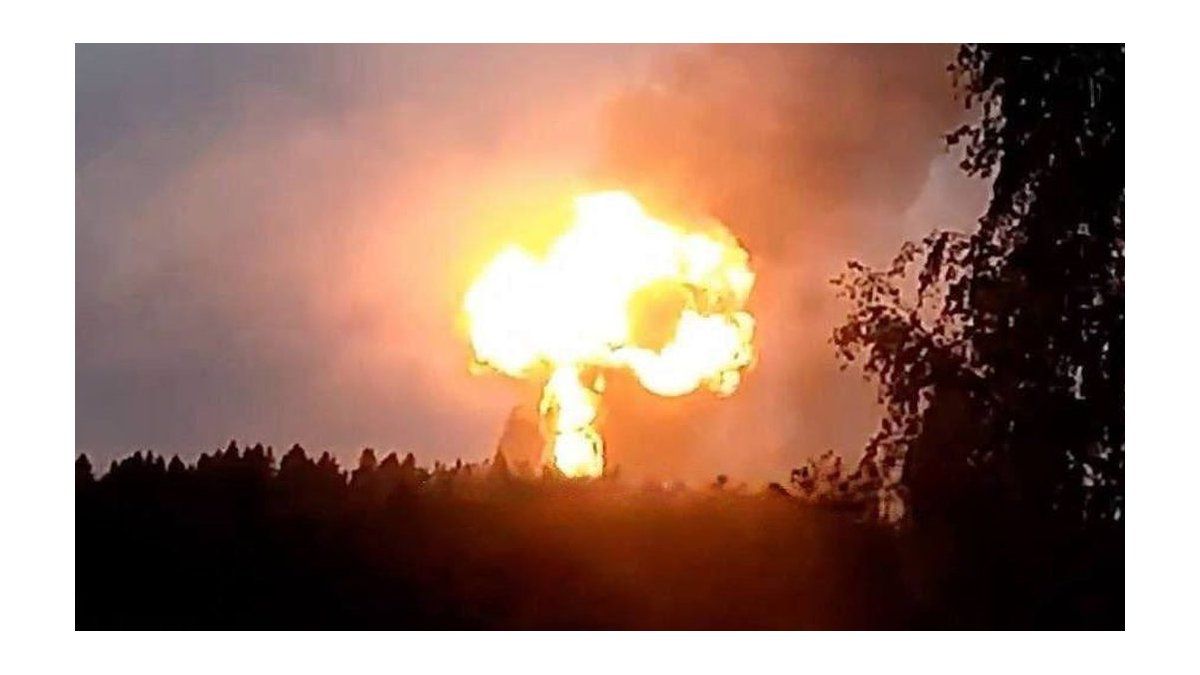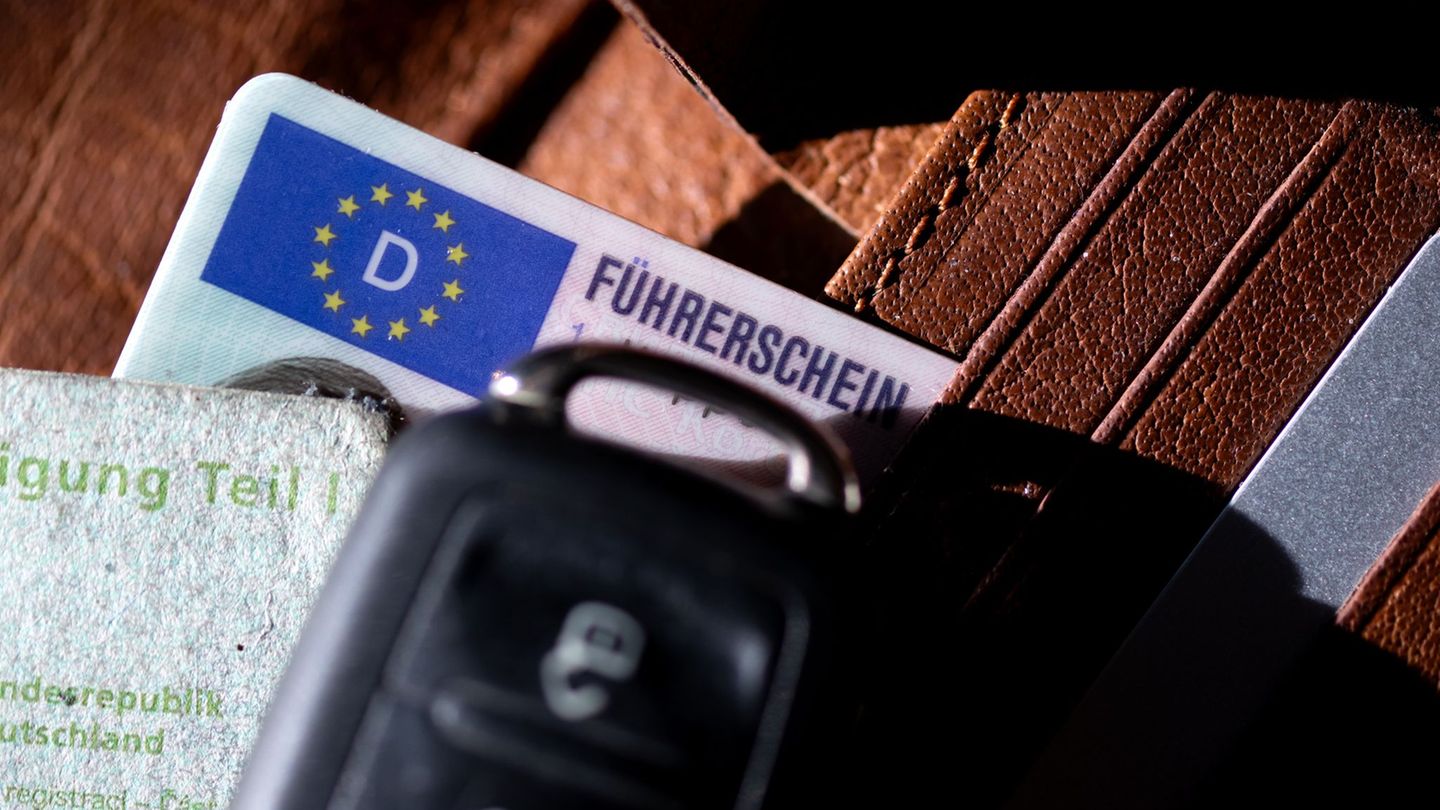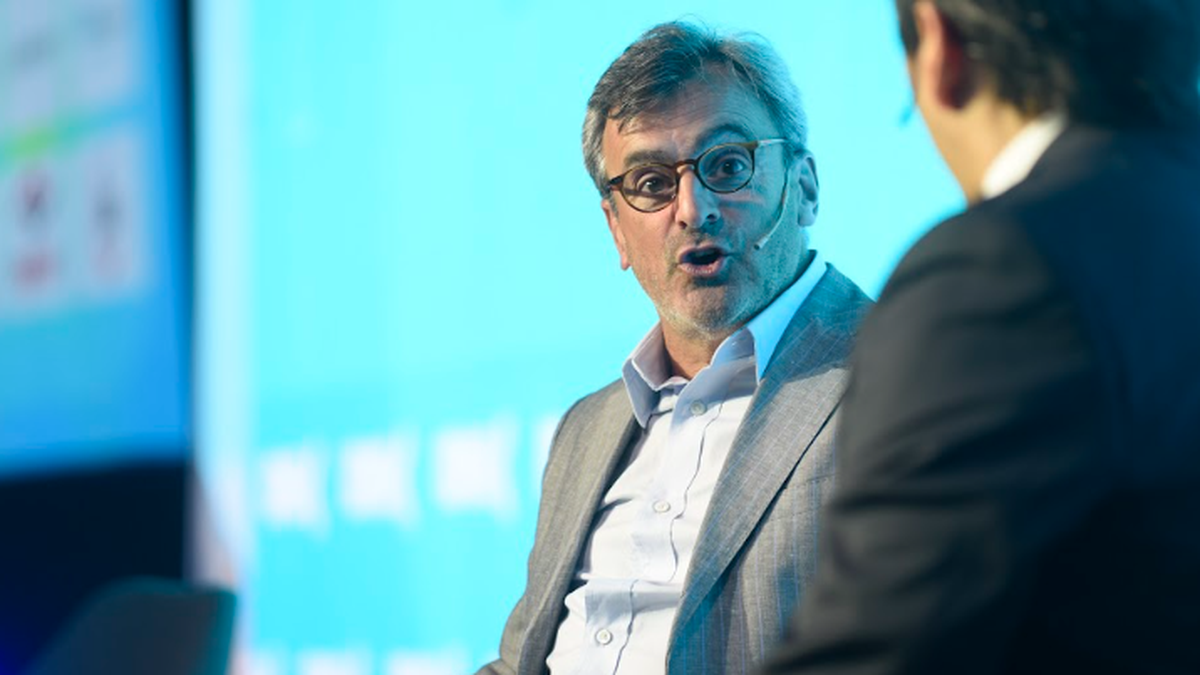A good 30 years ago, garbage still ended up in landfills. It was only with the Waste Management Act that everything changed. Since then, the principle has been to separate and recycle – instead of burying and forgetting. More than two thirds of all household waste is now recycled. But even if Upper Austrians are among the leaders in waste separation, there is still room for improvement.
Stefan Kaineder (Greens), State Environment Minister, and Markus Altenhofer, head of the state’s waste management group, reported on problems, changes and current figures on Monday. The reason was the new waste management plan, which sets out Upper Austria’s goals and measures for the coming years. The key points:
- Fewer Groceries should be disposed of in the future – and certainly not in the residual waste. According to the latest analysis, around 15 percent of the food thrown into the residual waste could be avoided. That corresponds to 17 kilograms per inhabitant per year. By 2028, this amount is to be reduced to ten percent.
- Biowaste are both food and organic waste, such as green waste. They are collectively referred to as “biogenic waste”, which accounts for more than 30 percent of all residual waste. In many regions, the collection still needs to be expanded, said Kaineder. Fertile humus, electricity and heat are extracted from organic waste. The current collection volume of 92,000 tons is to be increased to 120,000 tons by 2028.
- A Deposit system for disposable bottles and cans will be introduced throughout Austria from January. 25 cents will be charged per package when it is sold. The return will take place in supermarkets, but also in other places, such as recycling centers. “This will vary from region to region and will certainly be a major change for the entire waste management industry, but we have high hopes for it,” says Kaineder.
- Batteries: If the country’s environmental department has its way, a deposit on batteries will also be introduced. These are often disposed of incorrectly, which can lead to devastating fires. In addition, a large amount of valuable raw materials are lost, says Kaineder.
- Unified will also be the yellow bag or the yellow bin. From 2025, plastic and metal packaging will be collected together throughout Austria. This is already common practice in almost all districts of Upper Austria. 27,100 tons of such packaging are collected in the yellow bag in this country, but 12,200 tons are also sorted in the 177 ASZ in Upper Austria. This option will be maintained as long as the amount collected in the ASZ remains at a high level.
- Trouble There is some concern about the sometimes long collection times for the yellow bag. “Our townscape is dominated by garbage for days, and that has been the case since February,” reports a reader from Gunskirchen. In other towns, it is much worse. The reason is a new tender, a Graz company is now responsible for collection in the affected region, no longer Energie AG. It is known that there are problems here and there, says Altenhofer. It usually takes a few months until the collection works well.
“}”>
Image: private
Source: Nachrichten




